Transmission and distribution substations
The major types of equipment found in most transmission and distribution substations are discussed in this handbook. The purpose, function, design characteristics, and key properties are all explained. After the equipment is discussed, planned and essential predictive maintenance techniques are discussed.
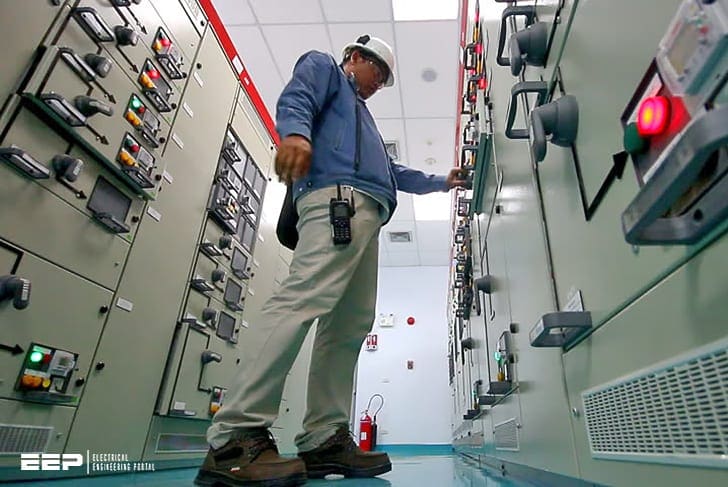
The reader should get a good fundamental understanding of all the important aspects of the major equipment found in substations and how they are used and operated.
The substation equipment discussed in this handbook includes:
- Transformers
- Regulators
- Circuit breakers and reclosers
- Air disconnect switches
- Lightning arresters
- Electrical buses
- Capacitor banks
- Reactors
- Static VAR compensators
- Control building
- Preventative maintenance
Power transformers
Transformers are essential components in electric power systems. They come in all shapes and sizes. Power transformers are used to convert highvoltage power to low-voltage power and vice versa.
Generation plants use large step-up transformers to raise the voltage of the generated power for efficient transport of power over long distances. Then step-down transformers convert the power to subtransmission, as in Figure 1, or distribution voltages, as in Figure 2, for further transport or consumption.
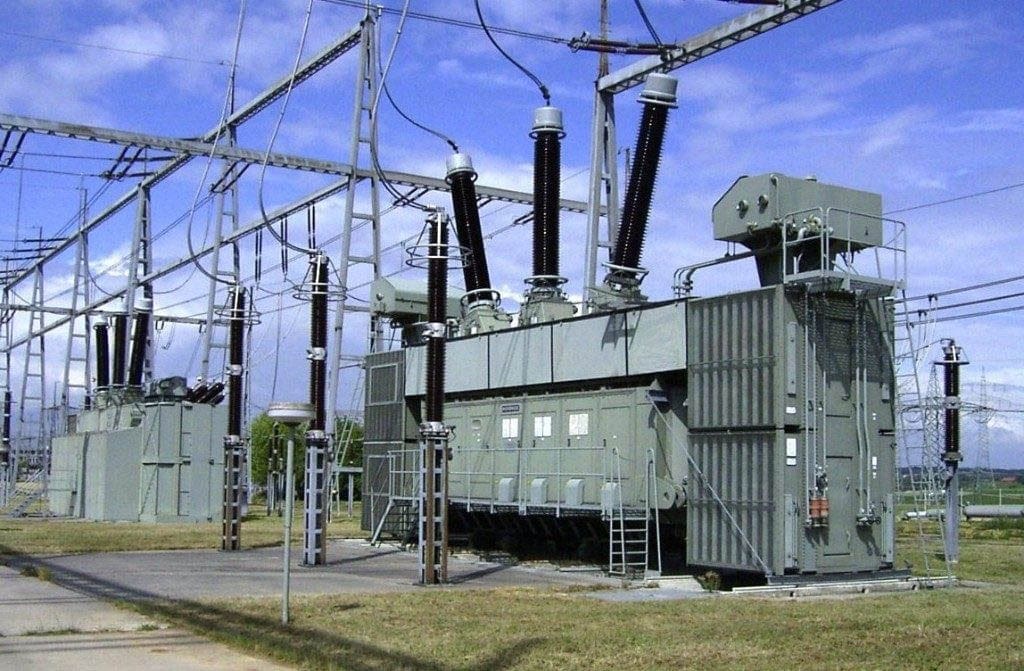
Distribution transformers are used on distribution lines to further convert distribution voltages down to voltages suitable for residential, commercial, and industrial consumption. There are many types of transformers used in electric power systems.
Regulating transformers are used to maintain proper distribution voltages so that consumers have stable wall outlet voltage. Phase shifting transformers are used to control power flow between tie lines.
Transformers can be single phase, three phase, or banked together to operate as a single unit.
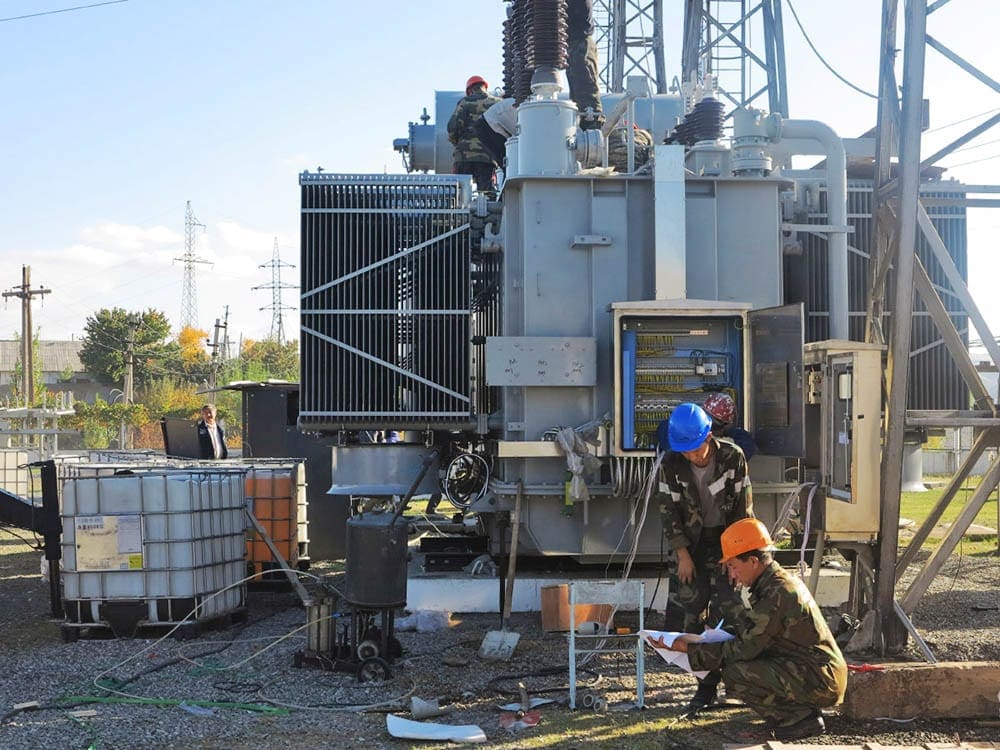
Circuit breakers
The purpose of a circuit breaker is to interrupt current flowing in the line, transformer, bus, or other equipment when a problem occurs and the power has to be turned off. Current interruption can be for normal load current, high-fault current (due to a short-circuit current or problem in the system) or simply tripped by protective relaying equipment in anticipation of an undesirable event or disturbance.
A breaker accomplishes this by mechanically moving electrical contacts apart inside an interrupter, causing an arc to occur that is immediately suppressed by the high-dielectric medium inside the interrupter.
Circuit breakers are triggered to open or close by the protective relaying equipment using the substation battery system.
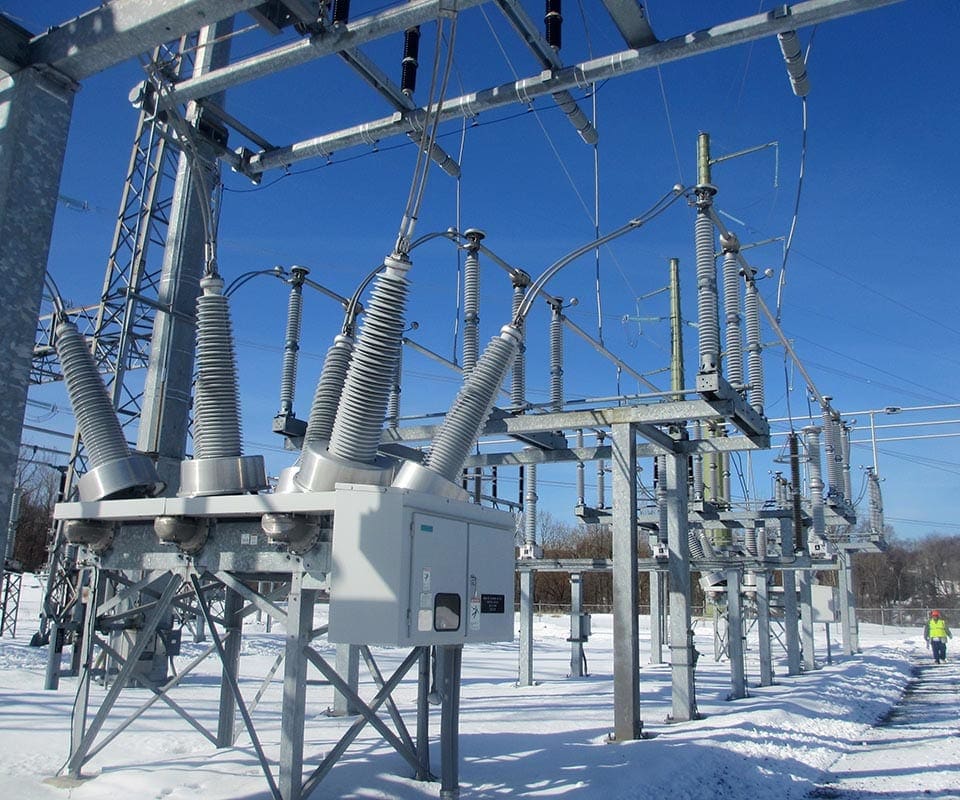
The most common types of dielectric media used to extinguish the arc inside the breaker interrupter are listed below:
- Oil (clean mineral)
- Gas (SF6 or sulfur hexafluoride)
- Vacuum
- Air
These dielectric media also classify the breaker, such as oil circuit breaker (OCB), gas circuit breaker (GCB), and power circuit breaker (PCB).
Compared to fuses, circuit breakers have the ability to open and close repeatedly, whereas a fuse opens the circuit one time and must be replaced. Fuses are single-phase devices, whereas breakers are normally gang operated three-phase devices.
Breakers can interrupt very high magnitudes of current. They can close into a fault and trip open again. They can be controlled remotely. They need periodic maintenance.
| Title: | A practical handbook for electrical engineers (beginners) – Steven W. Blume |
| Format: | |
| Size: | 22.0 MB |
| Pages: | 252 |
| Download: | Here 🔗 (Get Premium Membership) | Video Courses | Download Updates |
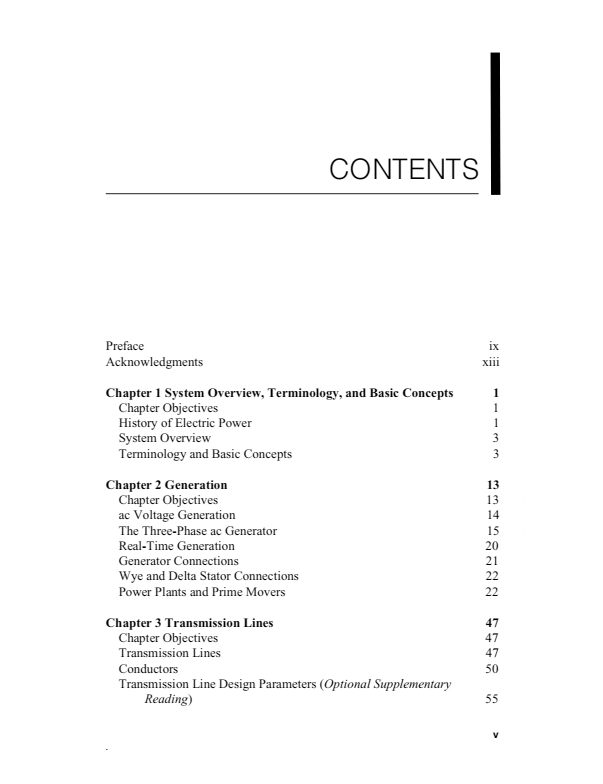


You have to pay for an EEP membership to access and download the handbook. So, stop asking EEP if you can have a copy.
can I have a copy of the book ( PDF )
Can I have an e-copy ?
Thanks
Useful book and a good refresher. I graduated at Univ of Natal in 1963 BSc(Eng) Elec
Thanks You. May i had a copy?…
Please I want a copy
HI everyone , Can you please send me a copy
Hi, Can you please send me a copy?
Thanks
Thank you so much, may I have a copy
I will be glad,if I can have a copy of electrical engineer practical handbook
Can you send it for me?
Big thanks goes to the founder and organizers of this information.
Gonna be more grateful if the complete information can be sent to me
Thanks you for the information you are giving us. In fact it’s updating me every now and then.
I would be very grateful if the information comes in a PDF form.
Thanks
please permit me to pay the membership fee through net banking.I am not using Credit card.
I would be pleased if you get me one copy of it. Thanks.
Educative
It would be very helpful for me to get a copy of ‘electrical handbook for electrical engineers (beginners)’
Thanks in advance.
El Hacen.
this educative
This is great
This is fantastically helpful and educative
Very good teaching, learning and research
keep it up.
I will be grateful to you for a copy
A great article on practicle hand book. It will be very much helpful to me. I would request to arrange to send me “A practical handbook for electrical engineers ( beginners).
Thanks in advance,
Regards,
A.A.AMIR
I would be very helpful for me if I could get a copy of “A practical handbook for electrical engineers (beginners)”.
Thankyou
It’s an interesting read. Kindly send me a copy.
seems very helpful, can you please send it to me?
The article is so educative. Please, could you send me the handbook? Thank you!
It is a new course to me and i would like to have a knowledge of ths course.If i can get a study book for this course i wil be glad.
Very informative and quite useful. can u pl send this book to me.
Very educative
Amazing and very helpful articles
You are supporting my career.
I need this handbook
Very resourceful portal introduces new innovations. Knowledge-based and practical.
Which automatic switchs are recommended for changing over current?
good
Very nice articles, subjects selected with great thoughts.Simple language.
I need basics of energy management system in electrical engineering details.Please help me..Thahnk you
Very educative and useful with my job.
Very educative, informative and knowledge based portal.
I loved articles/ information. Would like to receive on my mail.
GREAT STAFF, IT REALLY TAKES LEARNING TO THE NEXT LEVEL
It was useful,i appreciated it